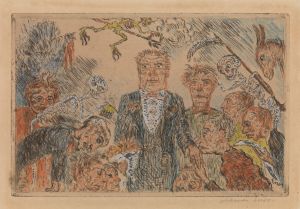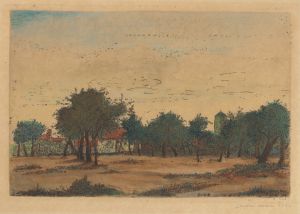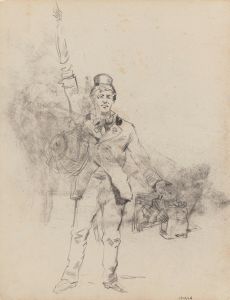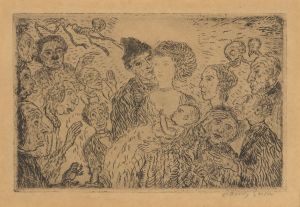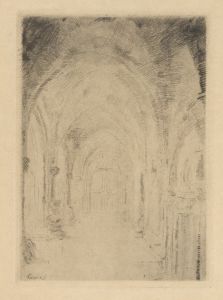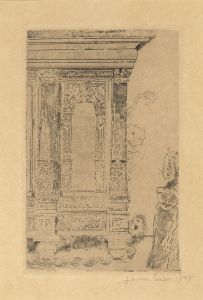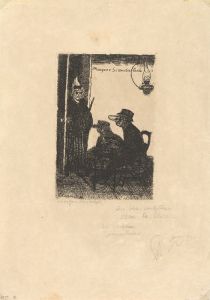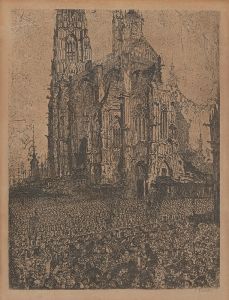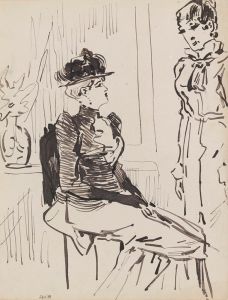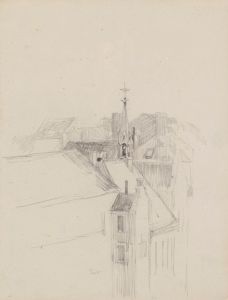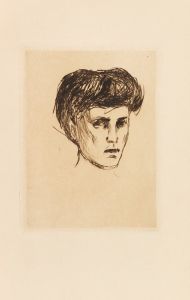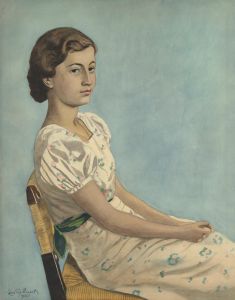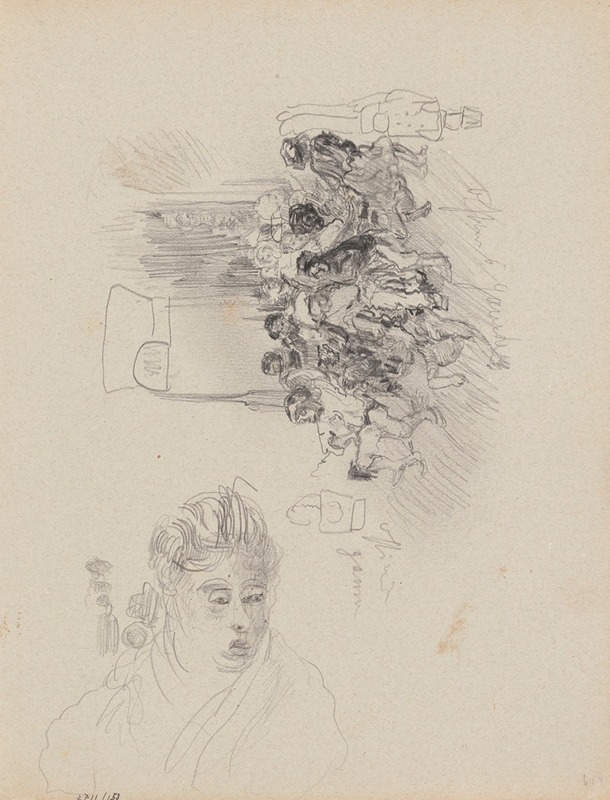
Portrait of a Woman
A hand-painted replica of James Ensor’s masterpiece Portrait of a Woman, meticulously crafted by professional artists to capture the true essence of the original. Each piece is created with museum-quality canvas and rare mineral pigments, carefully painted by experienced artists with delicate brushstrokes and rich, layered colors to perfectly recreate the texture of the original artwork. Unlike machine-printed reproductions, this hand-painted version brings the painting to life, infused with the artist’s emotions and skill in every stroke. Whether for personal collection or home decoration, it instantly elevates the artistic atmosphere of any space.
"Portrait of a Woman" is a painting by the Belgian artist James Ensor, who is known for his innovative and often avant-garde contributions to modern art. Ensor was a prominent figure in the late 19th and early 20th centuries, and his work is characterized by its bold use of color, unique subject matter, and a distinctive blend of realism and fantasy.
James Ensor was born in 1860 in Ostend, Belgium, and spent most of his life there. He was a key figure in the Symbolist movement and is often associated with the Expressionist movement as well. Ensor's work frequently explored themes of death, masks, and the grotesque, reflecting his fascination with the macabre and the surreal.
"Portrait of a Woman" is one of Ensor's many portraits, a genre he explored throughout his career. While specific details about this particular painting are scarce, it is consistent with Ensor's style, which often included vivid colors and expressive brushwork. Ensor's portraits are known for their psychological depth and often convey a sense of mystery or unease.
Ensor's approach to portraiture was unconventional. He often depicted his subjects with exaggerated features or in unusual settings, challenging traditional notions of beauty and representation. His portraits are not merely likenesses but are imbued with a sense of character and narrative, inviting viewers to ponder the inner life of the subject.
The time period during which Ensor painted "Portrait of a Woman" was marked by significant artistic experimentation and change. The late 19th and early 20th centuries were a time of transition in the art world, with movements such as Impressionism, Symbolism, and Expressionism challenging established norms and paving the way for modern art. Ensor was at the forefront of these changes, and his work reflects the dynamic and often turbulent spirit of the age.
Ensor's influence extends beyond his own time, as his work has been recognized for its impact on later artists and movements. His bold use of color and form, as well as his willingness to explore unconventional themes, have made him an important figure in the history of modern art. His paintings, including "Portrait of a Woman," continue to be studied and admired for their originality and depth.
While "Portrait of a Woman" may not be as widely known as some of Ensor's other works, it remains an important part of his oeuvre, showcasing his skill as a portraitist and his ability to capture the complexity of human emotion and identity. The painting is a testament to Ensor's unique vision and his enduring legacy as a pioneer of modern art.






